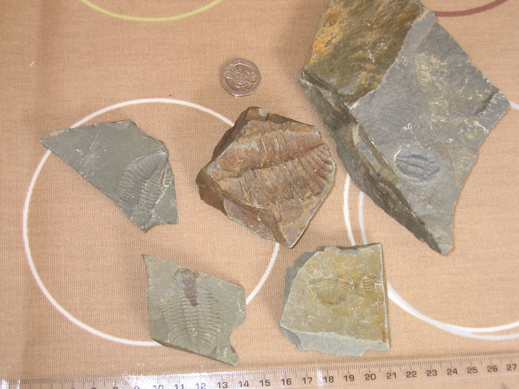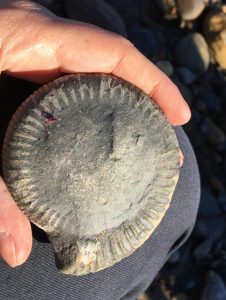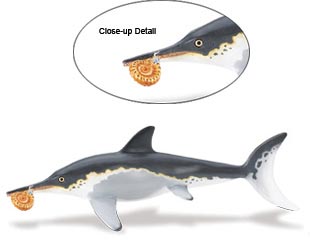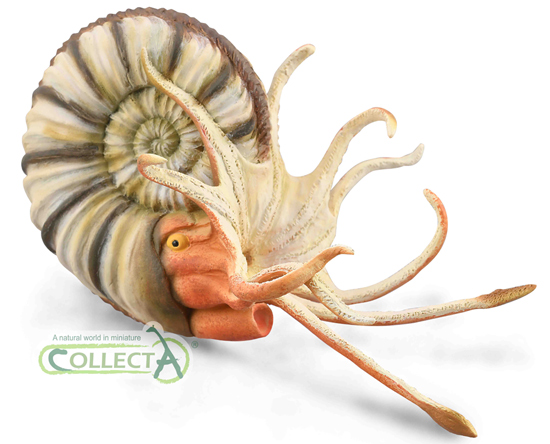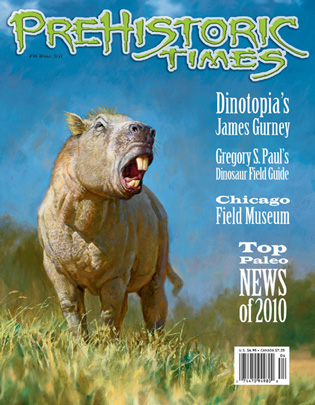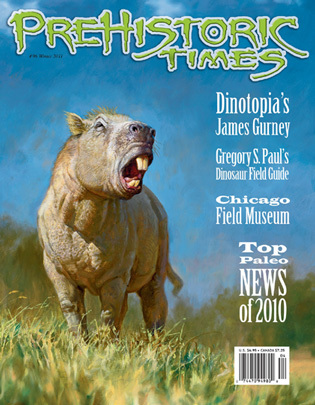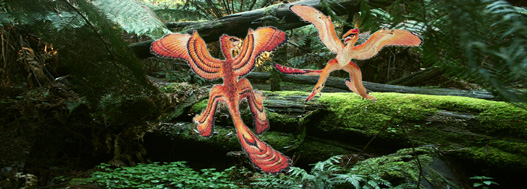Flying Reptile with “Piranha-like” Jaws is Scientifically Described
New Cretaceous Pterosaur Genus from British Columbia
Pterosaurs, that extinct group of flying reptiles that lived during the Mesozoic, evolved into a huge variety of forms before finally becoming extinct around sixty-five million years ago. The last of the pterosaurs, most notably the azhdarchids and the last surviving members of the Pteranodontidae were toothless. However, not all Late Cretaceous flying reptiles had toothless beaks, a discovery from British Columbia (Canada) provides an insight into a new genus of pterosaur with teeth at the end of its jaws described as resembling those of a piranha.
The fossil, part of the jaws of the flying reptile was found when a rock from a beach on British Columbia’s Hornby Island was split open. The area has produced a number of dinosaur fossils as the Cretaceous-aged cliffs are eroded away to expose potential fossil material, but this is the first pterosaur fossil found in the area.
Pterosaur fossils
Pterosaur fossils are extremely rare and to find skull and jaw material is very significant as it can give palaeontologists valuable information about what the animal may have eaten. This new species has been scientifically named – Gwawinapterus beardi. Although no other elements of the skeleton have been found to date, researchers estimate that it had a three-metre wingspan and have based their descriptions on the fossilised remains of other Later Cretaceous pterosaurs from the Northern Hemisphere.
The paper, reporting the finding of this important new fossil is featured in the January edition of the “Canadian Journal of Earth Sciences”, lead author is University of Alberta palaeontologist Victoria Arbour.
Commenting on this “uniquely Canadian species”, Arbour, a PhD student who has worked on a number of British Columbia Cretaceous fossils including ankylosaur material stated that British Columbia presented a series of challenges to fossil hunters, who in comparison with palaeontologists based in Alberta, have a more difficult task of finding fossils.
Gwawinapterus beardi
She stated that in practice; palaeontologists and field workers comb the beaches along the Pacific coast:
“They basically pick up rocks, and they crack them open, and sometimes, they have fossils inside.”
The reptile was identified from the fossil jawbone which was examined by Graham Beard, a well-known fossil collector who runs the Vancouver Island Palaeontological Museum in Qualicum Beach on Vancouver Island. Arbour named the species after him.
Graham thought it was part of a dinosaur’s jaw but once the object was passed on to Phil Currie, the eminent palaeontologist who is supervising Victoria in her studies, it was identified as pterosaur remains. Professor Currie was recently inducted into the Alberta Order of Excellence in recognition of his contribution to science and the study of dinosaurs in that Canadian province.
To read more about this award: Eminent Palaeontologist Awarded Honour.
Professor Currie co-authored the formal scientific description, the name meaning “raven wing” in a local dialect with the species name honouring Graham Beard.
The distinctive, tightly spaced, arrow-like teeth are similar to teeth ascribed to a Cretaceous Pterosaur genus known from China.
When asked to describe the teeth, Victoria said:
“The teeth look a little bit like piranha teeth the way that they are packed really close together.”
The teeth are positioned to towards the front of the snout (anterior), as to what this pterosaur fed on remains a mystery, but it has been suggested that it may have scavenged carcases using its strong teeth and long beak to nip off pieces of meat that other scavengers could not reach. Although a predatory habit, swooping down on other pterosaurs, small mammals and lizards has also not been ruled out.
To view scale models and figures of pterosaurs such as Pteranodon, Dimorphodon and Guidraco, take a look at this model range here: CollectA Deluxe Prehistoric Life Models.
Addendum
Subsequent research published in 2012 identified the remains as having come from a saurodontid fish.


